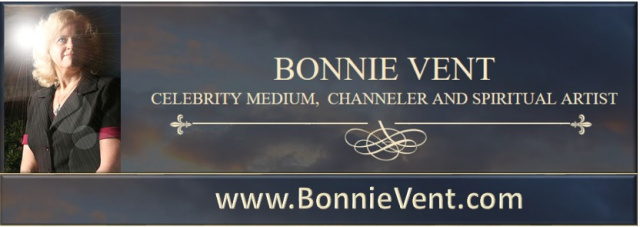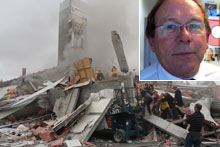Rob Cope-Williams stands beside the plaque which hangs in the CTV reception. Colleagues may be gone - but they're not forgotten. Photo / Hayden Donnell
In his dreams, Rob Cope-Williams still walks the corridors of the old Canterbury TV building talking to his dead colleagues.
The CTV newsreader and presenter lost 16 of his co-workers - many of them close friends - with the infamous collapse of his workplace in the February 22 Christchurch earthquake.
For months after the quake he would go to sleep and find himself face to face with the friends he lost in the rubble.
Now, as the first anniversary of their deaths approaches, the dreams are coming back.
"In my sleep I walked around that building and I talked to people who were there.
"It got to the point where I'd just hate going to sleep because I'd think 'who am I going to speak to next'.
"Now I'm really scared because with the anniversary coming up it's started again."
Mr Cope-Williams had just finished shooting a segment for his farming show Rob's Country when the 6.3 magnitude earthquake struck.
He would have been back in the CTV building at the moment the quake struck, had he not told his crew to stop for a traditional post-shoot beer and pie lunch at a roadside cafe.
Soon after they left lunch, he got a call telling him the massive aftershock had destroyed the downtown CTV headquarters.
Sixteen of his colleagues lay dead amongst the rubble.
It was not until 10 days after the quake that authorities said he could return to the site where some of their bodies still lay.
Only as he walked among what was left of the building did the reality of their deaths hit home.
"I unashamedly bawled my eyes out," he said.
"This is a close knit station. It's about the closest you can come to family in a workplace."
Mr Cope-Williams said grief motivated him to "work like hell" to get the station back on air in the aftermath of the quake.
Many CTV staff members found working became a way to suppress the stress of constant aftershocks and the sadness of losing their colleagues, he said.
"You try to keep [the grief] down, you try to contain it but it's like a balloon - you push it down and it pops up somewhere else."
CTV chairman Nick Smith led the effort to revive the station at its new headquarters in the Mainland Press building near Christchurch Airport.
He said the staff "to a man" wanted to rebuild the station, despite dealing with private turmoil and guilt.
"There were those questions. People said: "Why did [they] have to go? [They] had a three young children. It should have been me that went'.
"But the other question was 'is there a future'. We didn't have any gear. We didn't have a station. We thought we owed it to them to carry on."
Within weeks, the station had done its first news broadcast. On May 2, it began operating a normal service out of its cramped new headquarters.
Mr Smith said staff who worked "all hands to the till" had done a remarkable and unprecedented job to rebuild the station virtually from scratch.
He said it was testament to their determination to honour their dead colleagues.
Today CTV is a bustling station operating out of a series of small conjoined editing suites, sound booths and a single studio.
Next to the station entrance hangs a large plaque commemorating the 16 staff members lost on February 22.
When the remaining staff get to talking about the colleagues they lost, the conversation usually starts somberly before turning to funny stories and anecdotes, Mr Smith said.
He expects tomorrow's quake anniversary to be similar, with staff mixing understandable mourning with a celebration of the lives of their former colleagues.
Mr Cope-Williams said no matter how those at CTV mark February 22, not one of them will ever forget the friends they lost.
"Every time we go downstairs we see the board with all the faces on it. So yes they are - they're still very much a part of us.
"They can't not be."
By Hayden Donnell | Email Hayden


